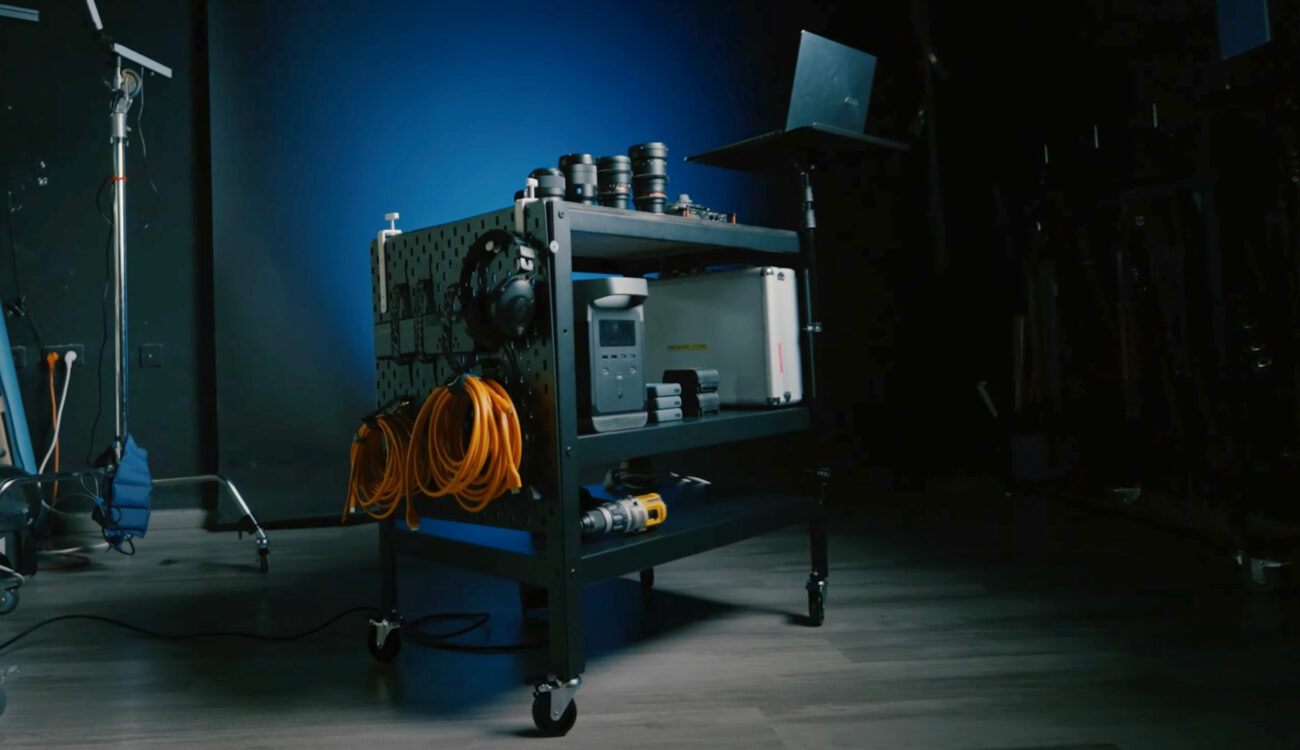As the winter season approaches, many people are about to start gathering indoors more frequently, which means closer quarters for virus-containing droplets to travel through the air. According to the CDC, EPA, and OSHA, good ventilation—including a portable air purifier—is one thing you can add to your COVID mitigation plan to help reduce the risk of indoor transmission of viruses. You can buy an air purifier for between $150 and $300—or you can construct your own for just $65-$100.
The Corsi-Rosenthal box, invented by Richard Corsi and Jim Rosenthal, is an effective air purification system that can help remove droplets containing viruses in them from the air by sucking air into its HEPA filters. For your DIY purifier to work, it’s important to pay close attention to the directions because an air leak or a filter facing the wrong way will reduce the effectiveness of the system.
The materials you’ll need for this project are duct tape, four MERV-13 air filters, a 20-inch box fan, the box the fan comes in, and a utility knife.
To construct your box, tape the filters together by seaming the inside edges of the filters to each other with the filters laying flat and the arrow pointing towards you. Once the filters are seamed along their edges, stand them up and connect the edges of the last two with tape. At this point, all of the arrows on the filters should be pointing in. Go around the outside of your box and seal the seams from the outside with your duct tape. Make sure that the seams are well-sealed and strong.
Two licenses for the LOWEST price.
This limited lifetime license includes the full suite of Microsoft Office, from the dreaded Excel to the idea-sparking PowerPoint.
Next, add a floor to your box by placing the box that the fan came in on the bottom of the square you just made, and seal the seams there just like you did with the four sides. The box should fit tightly against the edges of the air filters, but if there are any gaps, make sure to tape them. This will give you the first five sides of your box.
Now, take the fan and place it on top so that the air flow is going out of the box. If you’re not sure which direction your fan should go, turn it on to see which direction it blows the air. At this point, you’ll likely have some gaps, as the fan might have a slight curve at the corner. You can use some small cardboard scraps and cut them to fit the gap with your utility knife. Then, tape them in and seal the edges well. Next, use your tape to seal all around the fan just like with the sides and bottom.
What you should end up with is a cube, the top of which is your fan, blowing air out of the box, and the bottom being your cardboard box, and the sides being MERV-13 filters with the arrows pointing in. The fan will suck air in, forcing it through the filters of the box and blowing out cleaner air. For more detailed instructions, you can check out these video instructions from Richard Corsi, one of the inventors of the box.





